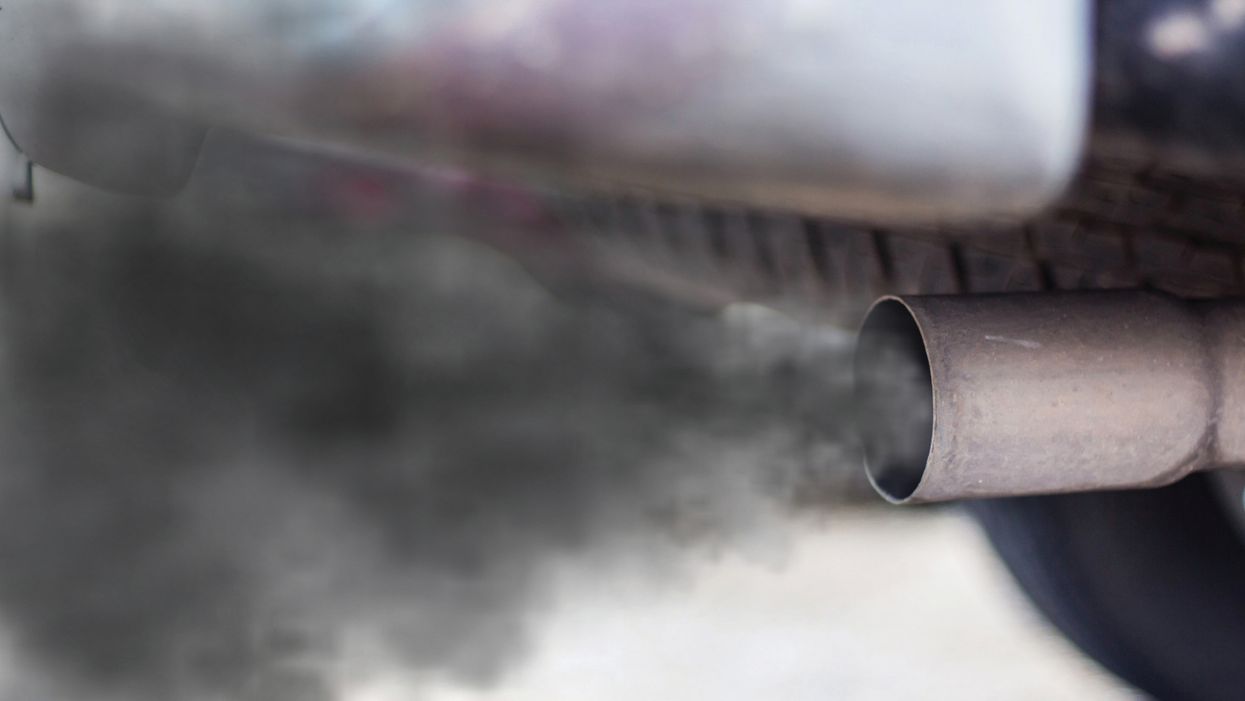...
Introduction
California is one of the leading states known for strict environmental law. For example, California’s Hazardous Waste Control Act of 1972 was the first comprehensive hazardous waste control law in the United States. When it comes to air pollution, California is no different in creating and maintaining strict regulations. For instance, the California Air Resources Board (CARB) adopted a first-in-the-world rule requiring truck manufacturers to transition from diesel trucks and vans to electric zero-emission trucks starting 2024. This Fact File explains the California Air Resources Board. It discusses CARB rulemaking, current programs, and future goals
Background
On August 30, 1967, California’s leaders met to address severe statewide air pollution. Governor Ronald Reagan approved the Mulford-Carrell Air Resources Act to create the State Air Resources Board. The California Air Resources Board was a merger of the Bureau of Air Sanitation and the California Motor Vehicle Pollution Control Board.
California’s efforts to lower air pollutants goes back to 1943. During this year there was the first recognized episodes of smog in Los Angeles. It was blamed on a nearby butadiene (colorless gas used to make synthetic rubber products) plant. However, when the plant was shut down, the smog did not go away. That year, the Los Angeles County Air Pollution Control District was created and from then on out the attempt to combat air pollution furthered throughout the state. CARB is the main state agency in charge of protecting the public from air pollution. They guide the actions of 35 local air pollution control districts.
CARB rulemaking
Under California Legislature, the California Air Resources Board creates and adopts specific rules and regulations needed to achieve healthy air quality. This rulemaking process ensures that all stakeholders and community voices are heard, and that all viable options for action have been considered. Only after specified periods of public notice, and open public hearings are held, is a measure adopted. To ensure that the adopted regulation meets the original orders of California’s legislature, an independent review is undertaken before the regulation can take effect.
Public input on regulatory and non-regulatory items are encouraged. Testimony can be made on any board item at a board meeting. CARB usually has monthly meetings with the agenda available 10 days or more before the meeting date.
Current CARB programs
There are many CARB programs up and running, but here are few recent noteworthy ones:
Advanced Clean Cars Program
The Advanced Clean Cars II regulations were adopted in 2022. They will scale down emissions of light-duty passenger cars, pickup trucks, and SUVs starting with the 2026 model year through 2035. It will do this by requiring an increasing number of zero-emission vehicles and then will make stricter standards for gasoline cars and heavier passenger trucks to continue to cut emissions.
Community Air Protection Program
The Community Air Protection Program’s focus is to lower exposure in communities most impacted by air pollution. It came about in 2017 in response to Assembly Bill 617. It includes requirements for accelerated retrofit of pollution controls in industrial sources and higher penalty fees.
Heavy-Duty Greenhouse Gas Certification Program
This program certifies heavy-duty vehicles with a Gross Vehicle Weight Rating (GVWR) over 10,000 pounds subject to greenhouse gas requirements. It also certifies Battery-Electric and Fuel-Cell vehicles with GVWR over 14,000 pounds.
Refrigerant Management Program
The Refrigerant Management Program requires facilities with refrigeration systems of over 50 pounds of high-global warming potential refrigerant to conduct and report periodic leak inspections, quickly repair leaks, and maintain service records onsite.
Future CARB goals
The following are some future goals CARB has outlined:
- Attain all ambient air quality standards by 2035,
- Reduce cancer risk due to exposure to toxic air contaminants by 90 percent by 2035,
- Identify communities at risk from combined effects of multiple air quality issues and decrease exposure limits below state averages by 2035, and
- Lower greenhouse gas emissions to zero in every sector by 2045.
Applicable laws & regulations
None
Related definitions
None
Keys to remember
CARB focuses on California challenges, but they still coordinate with the Environmental Protection Agency (EPA). Remember that California often has stricter emissions than the nationwide standards set by EPA.
Real world example
Despite California’s strict air pollution regulations, parts of the state still have some of the worst air quality in the U.S. including San Joaquin Valley and Los Angeles. San Joaquin Valley fails to meet federal health standards for ozone and particulate pollution. The area’s unique topography plays a part in this. It is surrounded by mountain ranges that trap air pollutants including heavy truck traffic on I-5 and Highway 99. EPA and CARB continually attempt to tackle air pollution issues here. In 2004, EPA awarded $8 million in grants to the San Joaquin Valley Aerosol Health Effects Center at UC Davis. Here they investigated air particle properties that cause human health effects. In 2012, EPA gave $5 million in funding for cleaner trains in the Valley to lower diesel emissions between the Port of Stockton and Lodi.

